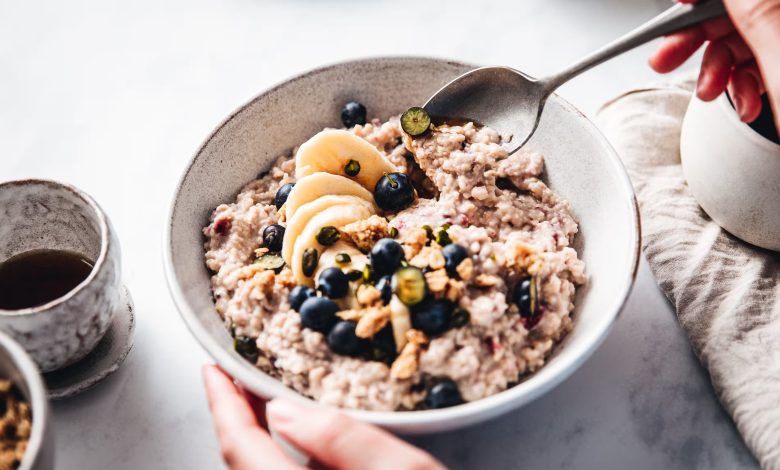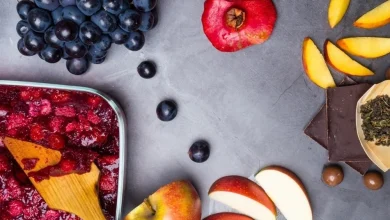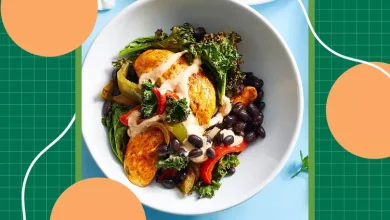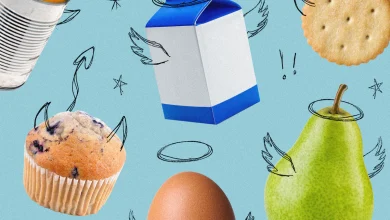Study links bananas, oats and yoghurt to greater diabetes risk in susceptible children
Wheat also raised risk of type 1 diabetes in study of Finnish children, while berries and some green vegetables lowered it

According to study, eating bananas, oats, and yoghurt increases a child’s risk of developing type 1 diabetes, whereas eating strawberries and blueberries reduces that risk.
The study also revealed that wheat increases the likelihood of developing the autoimmune type of diabetes, whereas veggies like broccoli, cauliflower, and cabbage offer protection.
According to the professor who conducted the research, the reason why certain fruits reduce the risk of type 1 diabetes while others increase it could be due to the presence of pesticide residues in them.
The diets of 5,674 Finnish children who were genetically prone to the condition were examined by Suvi Virtanen and colleagues at the Finnish Institute for Health and Welfare. The children were followed from birth until age six. By the time they turned that age, 204 children had developed islet autoimmunity, which put them at a significantly increased risk of developing type 1 diabetes, and ninety-four children had already developed the disease.
After analysing 34 different food groups, the researchers discovered that children’s chance of contracting the condition increased with the amount of fruits they ate, such as bananas, oats, and rye.
Virtanen continued, “many of the foods that we found to be associated with increased risk of type 1 diabetes and the disease process are considered part of a healthy diet.” This conclusion may confuse parents.
On the other hand, consuming berries such as blackcurrants, raspberries, blueberries, and strawberries appeared to shield kids from the illness. Their risk decreased as they consumed more.
Polyphenols, which are plant chemicals, are abundant in berries and may help reduce inflammation linked to the onset of type 1 diabetes.
However, dangerous compounds that are absent from berries may be present in fruits. Berries, for instance, may not contain pesticides that are present on other fruits, according to Virtanen. She is giving a presentation on her research at the European Association for the Study of Diabetes’ annual meeting in Madrid.
“It’s critical to ascertain which components of these foods are accountable for these correlations,” she continued. In the event that berries are discovered to possess a specific protective component, T1D may be prevented by either the substance or the berries themselves.
But based on the results, she thinks it would be too soon to prescribe any specific foods for babies and infants.
The results contradict the explanation of T1D aetiology provided by Diabetes UK. It has emphasised that these are still unclear. However, it also stated that “what you eat or drink is not thought to be the cause.”
It is believed that a mix of genetics and additional, as of yet unidentified variables cause type 1 diabetes. However, our knowledge ends there. The charity stated, “There is no evidence to suggest that lifestyle has an impact.
A different study that was presented at the same conference reveals that type 2 diabetes is nearly 50% more common among “night owls” than in earlier bedtime users.
The Netherlands’ findings support the growing body of research showing late-night partygoers frequently have poorer health and a higher risk of diseases like cancer, obesity, and heart disease.
It is unclear, though, if this is because many “night owls” drink more, smoke more, and eat worse than those who go to bed at a more regular time, or if it is directly related to their circadian rhythms being disrupted and them not getting as much sleep as medical professionals recommend.




